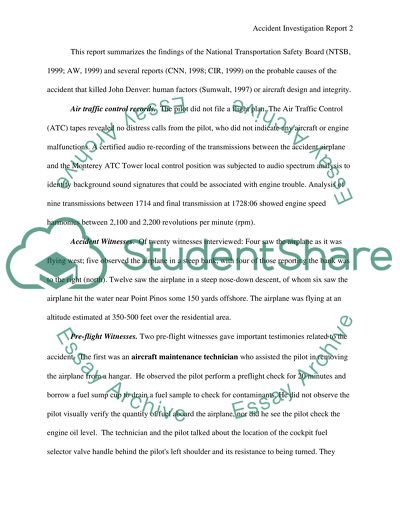Cite this document
(“John Denver plane crash Essay Example | Topics and Well Written Essays - 2250 words”, n.d.)
Retrieved from https://studentshare.org/history/1503311-john-denver-plane-crash
Retrieved from https://studentshare.org/history/1503311-john-denver-plane-crash
(John Denver Plane Crash Essay Example | Topics and Well Written Essays - 2250 Words)
https://studentshare.org/history/1503311-john-denver-plane-crash.
https://studentshare.org/history/1503311-john-denver-plane-crash.
“John Denver Plane Crash Essay Example | Topics and Well Written Essays - 2250 Words”, n.d. https://studentshare.org/history/1503311-john-denver-plane-crash.


